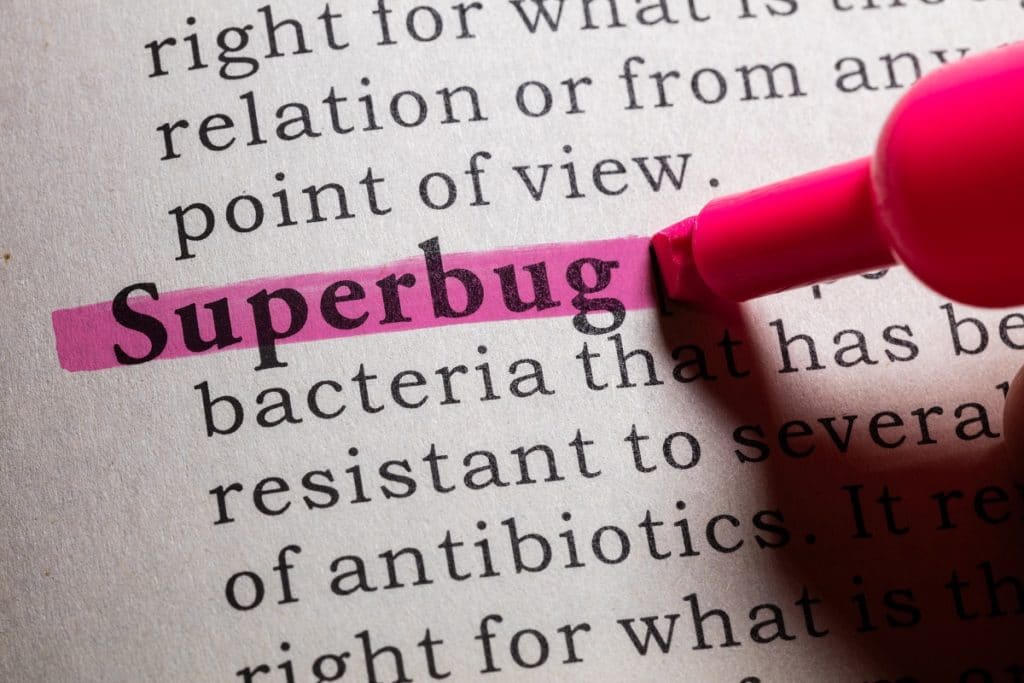A first of its kind study on superbugs conducted on 4,000 patients admitted to various hospital in India has found that mortality rates in India caused by drug-resistant bacteria is twice more than that of high-income nations.
According to the study, the mortality rates for superbugs in India was 13 percent while it was between 2-7 percent for high-income countries.
On Nov. 16, a Delhi-based research and advocacy body said India is lagging and has made limited progress in tackling antibiotic resistance.
The Center for Science and Environment (CSE) said India must improve its efforts including having a clear roadmap to stop the overuse of antibiotics and their misuse in animals that are important for humans.
Superbugs are bacteria that have become resistant to antibiotics. There are several types of superbug infections such as multi-drug resistant (MDR) infections, extensively drug-resistant (XDR) infections, and totally drug resistant (TDR) infections, News Byte said in its report.
So far, 581 of 4,437 patients studied have died of drug-resistant bacteria in India, according to the study. The study analyzed 2015 data and was conducted by researchers from John Hopkins University, and the Centre for Disease Dynamics, Economics, and Policy (CDDEP). It covered 4,437 patients from 10 hospitals of the Fortis group across the country, including four in New Delhi.
The CSE said a lot of ground should have been covered in strengthening laboratories, developing capacity and finalizing mechanisms and modalities for nation-wide Anti-Microbial Resistance (AMR) surveillance in food, animals and environment sectors by now, PTI reported.
Most of the patients that died of superbug infections were either old or admitted to ICUs when they were diagnosed News Byte reported adding the death rate among patients with superbug infections was two to three times higher when the study accounted for age, sex, site of infection, and several other co-infections.
Apart from antibiotic use in human health, overuse and misuse of antibiotics in producing food from animals such as chicken, eggs, milk, and fish is a key cause behind rising AMR, PTI cited CSE as telling.
India will be heavily impacted by it due to its huge burden of infectious diseases, large-scale food animal production using antibiotics, and inadequate healthcare systems, CSE said.
Resistance to antibiotics is now recognized as a public health threat of an unprecedented scale. Common infections and diseases, which were earlier treatable, are now becoming difficult to treat and globally. It is expected to lead to a 3.8 percent loss in GDP and 10 million deaths annually by 2050, PTI quoted CSE as telling.
According to the study globally, bacteria are now becoming more resistant to antibiotics and are spreading far and wide creating difficulties in treating common infectious diseases. These bacteria cause long-term illness and, in some cases, result in disability and death.
Earlier this month, the Organization of Economic Cooperation and Development (OECD) said in a report that there was an unprecedented threat from superbugs. It also said that about 2.4 million people in Europe, North America, and Australia would die from superbug infections by 2050 unless these countries prioritized fighting the growing threat posed by superbugs, News Byte reported.
